-
Popular Brands View All BrandsPopular Brands View All BrandsPopular Brands View All BrandsPopular Brands View All BrandsPopular Brands View All Brands
- Dogs
- Cats
- Brands
- New Arrivals
- Below R150
- Refer & Save More
- Winter Special Offer!

Aug 14, 2025

If you're here, chances are you've just spotted something weird on your dog or cat. Small, hard, stuck in place. And your gut said it before your brain did: tick.
Yeah. That moment sucks.
No one teaches you how to handle this. You just kind of freeze, wonder if you're supposed to burn it off or smother it in oil (you're not), and panic-Google in between staring at your poor pet. Most pet parents have been there. So, take a breath and go through this.
Because removing ticks from your pet isn’t as dramatic as it feels. But you do need to do it the right way—calm, clean, no shortcuts.
First off, your pet is okay. You found the tick, which is already a win.
What you don’t want to do is rush. Yanking or twisting or crushing it can make things worse. Just because it's tiny doesn’t mean it’s harmless. Ticks can carry some nasty diseases, but if you remove them correctly, you reduce the risk big time.
So… take a second. Grab what you need.
You probably already have most of this:
Find a quiet time. After a nap, post-walk, or when they’re in their “okay fine I’ll sit still” mood. You know your pet best.
Alright, here we go.
That’s it. No fire, no butter, no horror. Just calm, safe tick removal.
Let’s talk about what you shouldn’t do when dealing with ticks—because there’s bad advice everywhere.
Just stick to calm, clean, pet tick removal. That’s the safest route.
Even when removal goes well, keep an eye on your pet for the next week or two.
Things to watch for:
If something seems wrong—even a little—call your vet. Mention the bite. Show them the tick if you kept it. Early symptoms of tick-borne illnesses can be subtle.
Once you’ve dealt with one tick, you’ll want to avoid a repeat. The good news? There are trusted products available that help you protect your pets against these harmful parasites.
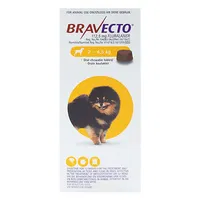
Just one chew protects for up to 12 weeks. You don’t have to think about it again for months.
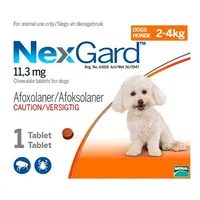
A chewable monthly tick-killer that dogs usually take like a treat. Works fast, too.
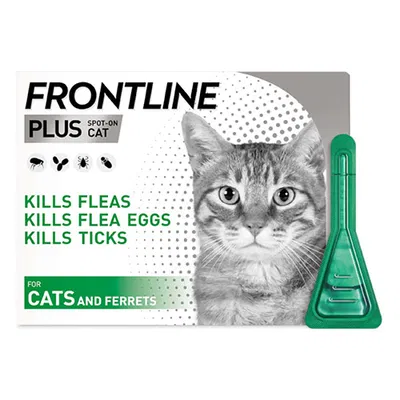
Topical formula applied once a month. Simple to use, effective against ticks and fleas.
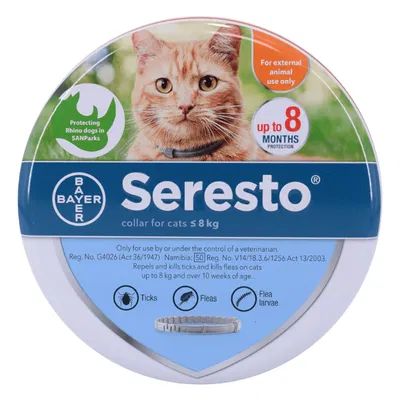
Lasts up to 8 months. Water-resistant, odourless, and doesn’t bother most cats at all.
These tick removal tips may sound basic, but they make a huge difference over time. Prevention isn’t dramatic—but it works.
You’re not a bad pet parent because your dog or cat picked up a tick. It happens. What matters is knowing how to handle it—and being ready next time.
Now you’ve got the tools, the tick removal method, and some legit products that help you avoid this all over again.
It’s not fun. But it’s doable. And next time? You’ll handle it without breaking a sweat.
Shop tick prevention here
Future you (and your pet) will be so glad you did.
Jul 24, 2025
In a world where our canine buddies have become an integral part of our lives, ensuring their good health goes without saying. Just like hu...
Jul 15, 2025
As responsible pet parents, we go to greater lengths to ensure our furry companions are happy and safe from the dangers of pesky parasites....



© 2025 BudgetPetSupplies.co.za (MSV Pet Care (Pty) Ltd.) - All Rights Reserved.


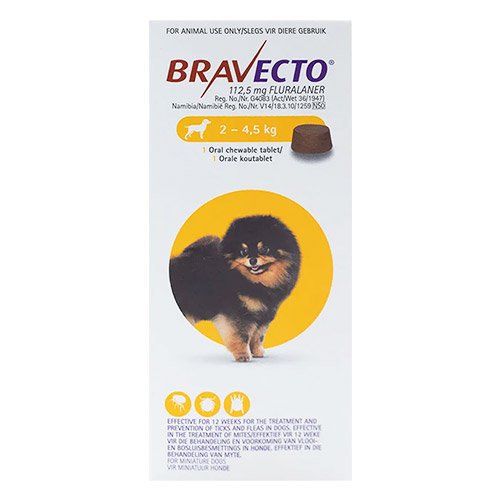
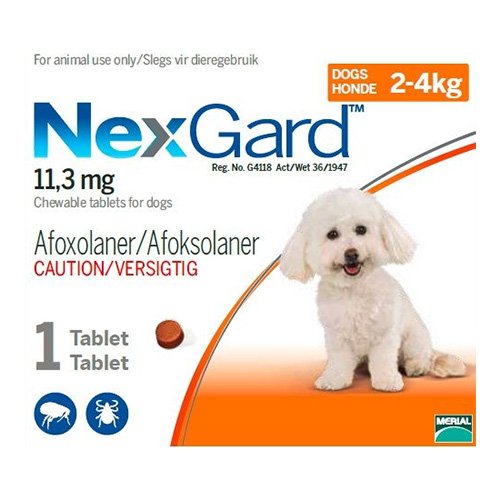

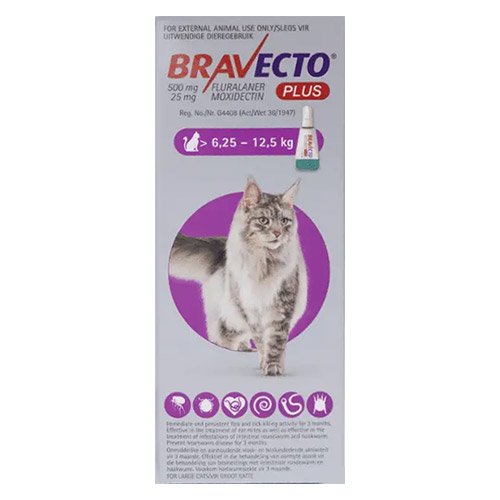
_07232025_233514.jpg)
